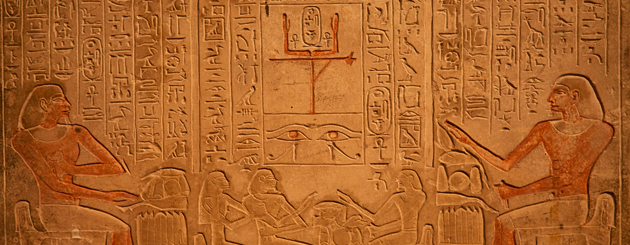
By Rex Hammock, CEO
If you google “the lost art of storytelling,” you’ll find link after link of people longing for a bygone time when there were great storytellers. “We’ve lost the ability to tell stories well,” they lament. We lost it in a time and place called the good ol’ days, they mourn.
In reality, we are living in a golden age of storytelling. Never have there been more stories, more ways to tell stories, more outlets for sharing stories or more fans of storytelling.
Today, storytelling is taught in schools, from first grade through graduate school. Ted Talks , radio programs like The Moth and This American Life , hundreds of podcasts, and a 16-hour Ken Burns documentary about the history of country music—all are filled with stories that inspire, enlighten and engage.
Just stop and listen: That sound you hear is another true-crime podcast or one of 1,000 new YouTube stories about a person’s tiny house. Sure, there may be some really bad storytelling out there today. And yes, it’s likely that some of what’s being produced may be more noise than story.
But as marketers, we must realize the importance of using all the content tools available to us to create and share stories that make our products unique. It’s time to stop stringing together buzzwords in a PowerPoint deck and calling that good storytelling. It’s time to discover the power of stories that explain the “why” behind your company or association—not just who you are or what you do.
Stories are what explain your brand and keep it relevant and timely. Customers want to hear your story. It’s time to share.
Storytelling has never been better.
About Hammock Idea Emails | This post is part of Hammock’s award-winning Idea Email series. Idea Emails come in two flavors: Original and Healthcare. To subscribe to the original Idea Email (general marketing ideas), click here. To subscribe to the Healthcare Idea Email (healthcare marketing ideas), click here.


